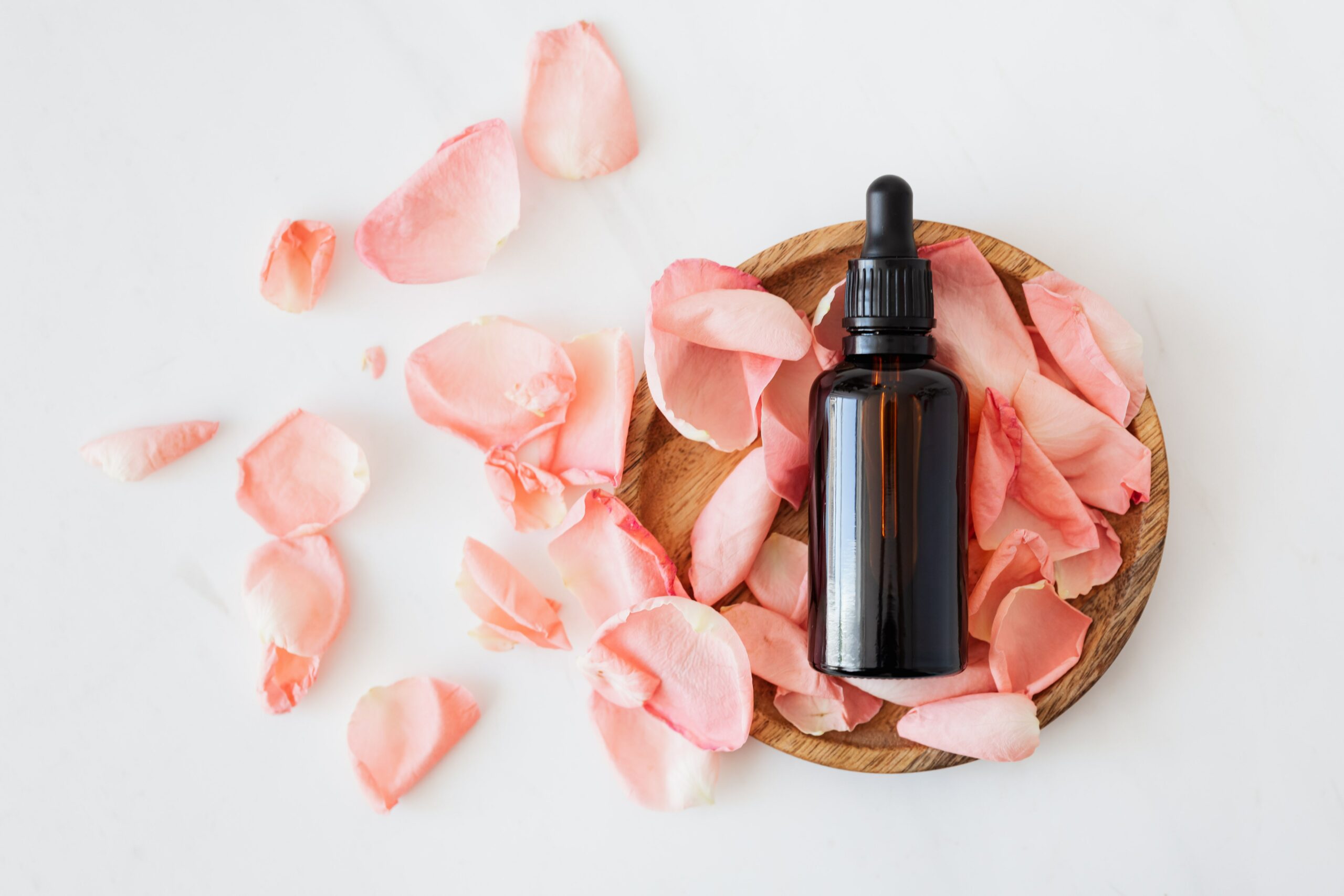The natural world is truly a pharmacy, stock full of ingredients that have proven health and beauty benefits. But which plant-based products are worth the hype and which just aren’t worth your time?
The safflower is an orange, thistle-like plant that has been cultivated by humans since approximately 2500 BCE. For thousands of years, people have been using the oil originating from safflower seeds for cooking. However, besides use in the kitchen, safflower oil is said to have skin benefits as well.
Read on to learn how to use safflower oil for skin in your everyday routine, plus some DIY masks using the powerful ingredient.
RELATED: Ultimate Guide to the Correct Skincare Routine
What is Safflower Oil?
In the beauty world, safflower oil is often used as an additive moisturizer. As well as containing hydrating properties, safflower oil is also full of antioxidants and antimicrobials, both of which can be helpful for skin concerns.
Safflower oil is said to help fight off acne, reduce hyperpigmentation, even out skin tone, and aid in healing in general. Here are more of the main advantages of safflower oil below:
Pros
- Contains vitamin E, functions as an antioxidant
- Protects against UV rays, therefore helpful in anti-aging
- Antifungal and antimicrobial, helping to heal and prevent infection in skin injuries
- Fights against acne inflammation
- Hydrating
- Non-comedogenic (does not clog pores)
Cons
- Can cause irritation/ allergic reaction (always do a patch test before applying to face)
How to Use Safflower Oil for Skin
Applying safflower oil is pretty simple, you just need to make sure you find the right one for you!
- First, find a non-processed, organic product as this will be less likely to cause irritation. We Recommend Naissance Organic
- Do a small patch test on the inside of your arm to determine if you have any allergies to the product. Wait 24-48 hours before applying to the face.
- Cleanse your face and pat dry.
- Apply 2-3 drops of oil directly to skin as a moisturizing agent. Let it fully soak in before applying any more products to face.
- Repeat up to once more a day if desired. Applying safflower oil directly to the skin can help treat both eczema and wrinkles.
- Store Safflower oil in a cool, dark place once finished.
Homemade Safflower Masks
As well as applying directly to the skin, you can also create your own skin products with safflower oil.
For treating acne, you can make a simple face mask by mixing your safflower oil with equal parts honey. Leave on your face for approximately 15 minutes, then gently wash off with cool water once the time has passed. Make sure to follow up this simple mask with your favorite moisturizer!
The Bottom Line
Ultimately, there are several positive effects of using safflower oil for skin treatment. Whether you have stubborn acne or an eczema rash, using this natural ingredient is worth a try. Plus, it’s an inexpensive way to elevate your skincare routine!
UP NEXT: 8 Best Oils for Skin of Every Type

